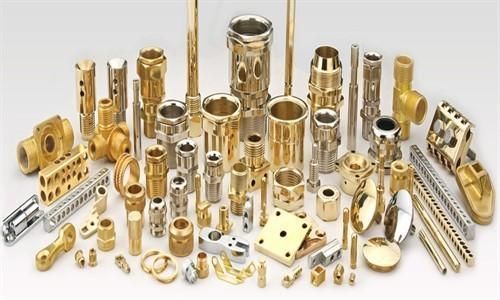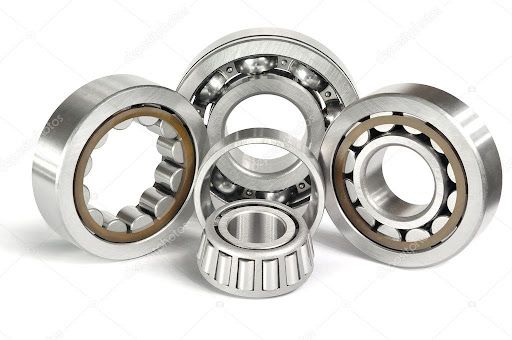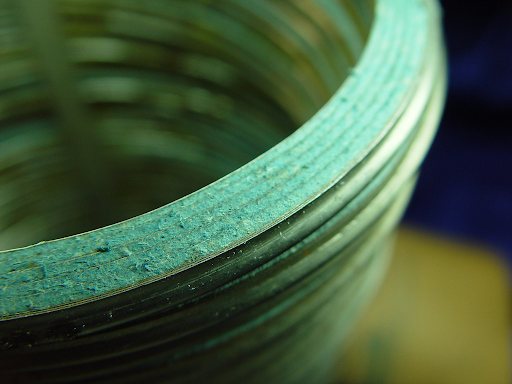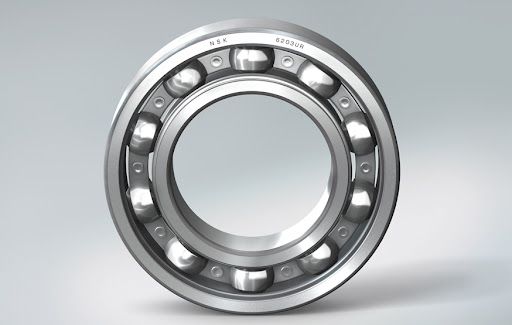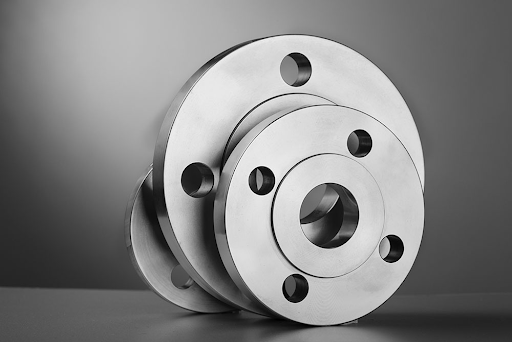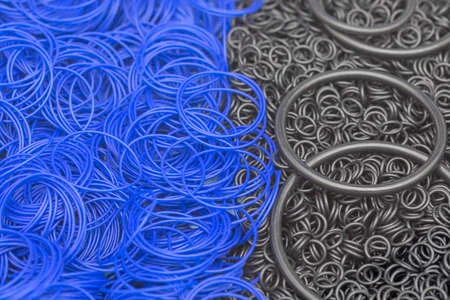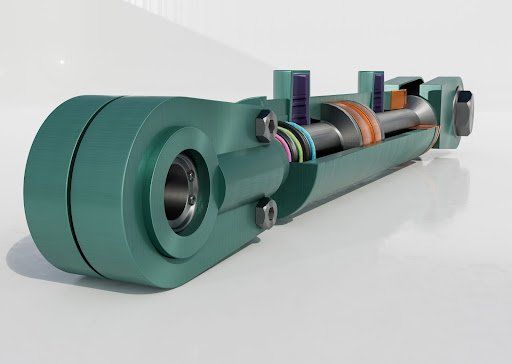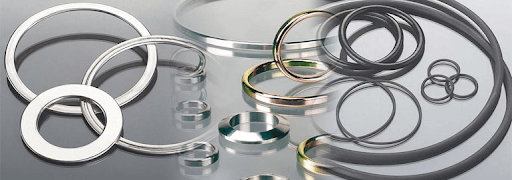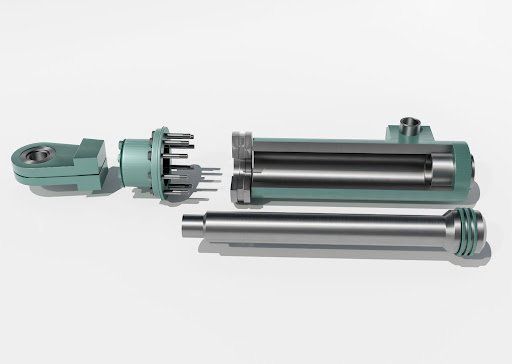Tools To Safely Remove Your Bearings
Tools To Safely Remove Your Bearings
Special tools are required to remove mechanical and industrial parts such as bearings, particularly when they’re installed within rotating machine shafts or shafts inside a hole (blind bearing). These tools are called bearing pullers, and they’re typically made from tool-grade steel, iron or other alloyed metal, to ensure they’re harder than the parts on which they’re working. There are many variations of bearing pullers, each designed for a specific type of application.
Bearing pullers are either manually hand-powered or powered by a hydraulic cylinder to reduce the cost of physical labour. Pullers are designed with three main parts: the centre bolt, the gripping jaws, and the T-handle on the turn screw. Some come with a male hex end to match the drive socket. They come in various sizes; the smallest is used to remove millimetre-wide bearings, while heavy-duty pullers can be used on large, industrial or commercial machinery.
Types of Bearing Puller Tools
Bearing splitter plates or separators are used to reach spaces where puller jaws might not easily fit. They’re ideal for removing bearings, pulleys, gears and bushes that are fitted close to their housing or other components. These tools are the safest types of bearing pullers to use. They are designed with two plates that tighten around the inner race of the bearing, wedging beneath it and thrusting the bearing up and off the shaft.
The most common types of tools for removing bearings are two- and three-arm bearing pullers, or external pullers. They range from one- to forty-ton capacity and feature two or three jaws that are slim and tapered, allowing the ends to get easily behind the bearing to its race. The centre screw strings provide high levels of torque with little effort, pushing on the top of the shaft and applying upward thrust to the race.
Internal bearing pullers are used for removing grooved ball bearings or bearing sets from blind holes. Unlike external pullers, these tools feature three jaws in two different styles: a standard jaw or a long jaw. Internal pullers use a sliding hammer function to apply upward thrust and shock to the bearing, allowing it to be pulled out of the hole or housing.
At Bearing Centre, we stock a world-class supply of tools to complement our range of bearings , including the very best bearing pullers. Contact us today if you are in the market for a bearing puller or need assistance with your bearing maintenance.

